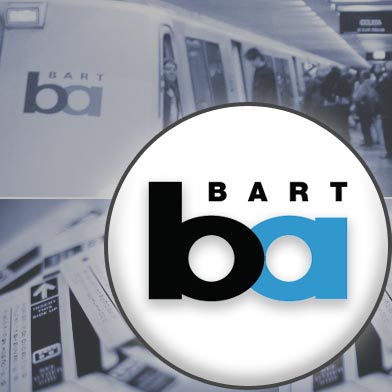 BART passengers will pay more to ride the transit system starting next year after board members voted to continue an inflation-based program that calls for fare increases every two years.
BART passengers will pay more to ride the transit system starting next year after board members voted to continue an inflation-based program that calls for fare increases every two years.
BART directors also voted at their meeting on Thursday to impose parking fees at all stations and raise the fees at stations that already charge for parking.
BART’s inflation-based fare increase program, which has been in place for 10 years, calls for ticket costs to rise every two years based on the average rate of inflation over two years minus 0.5 percent.
In addition to hike fares beginning next year, board members also approved inflation-adjusted increases for 2016, 2018 and 2020. The fare hikes are projected to generate $325 million over the next eight years that will be spent on paying for new trains and making other system improvements, BART officials said.
The 5.2 percent increase slated to go into effect on Jan. 1 will raise BART’s average fare from $3.59 to $3.78.
BART board president Tom Radulovich said in a statement, “These small increases are an important part of BART’s financial health, especially as we face a $10 billion unfunded capital need.”
He said, “The money generated will only be allowed to go toward capital needs such as paying for BART’s share of the new rail cars and a new train control system which will allow us to run trains closer together.”
BART patrons currently can still park for free at seven station parking lots, but starting soon there will be a minimum charge of at least $1 at all lots. There also will be a minimum increase of at least $1 at lots that already charge for parking.
However, BART officials will examine each station’s parking lots and garages every six months and adjust prices accordingly.
Stations with lots that are more than 95 percent full will have their daily rates increases by 50 cents but stations with lots that are less than 95 percent full will have their fees decreased by 50 cents.
BART officials said their new parking rate policy is expected to generate $6 million in the first year and $10 million in later years. They said the additional revenue will only be used for station access, rehabilitation, and modernization needs.
Radulovich said, “Many of our aged stations are in desperate need of upgrades and improvements. This new money will go towards projects such as escalator and elevator reliability, improved lighting, more secured bike parking, shuttle programs, better drop-off areas, and other improvements to stations and access.”
Jeff Shuttleworth, Bay City News
Want more news, sent to your inbox every day? Then how about subscribing to our email newsletter? Here’s why we think you should. Come on, give it a try.









